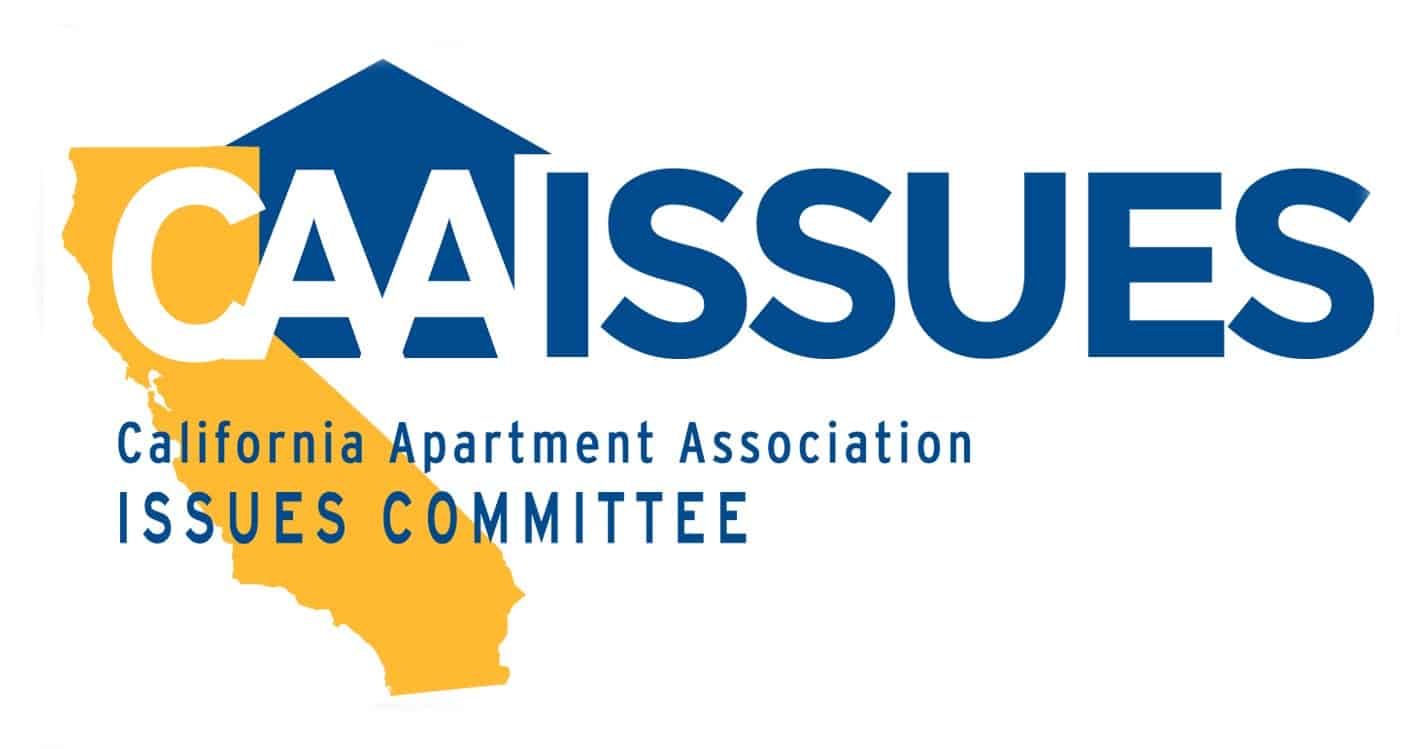Now that California has adopted the nation’s most sweeping statewide tenant protections, it’s time to fix the root cause of our housing crisis – a chronic lack of supply, said Tom Bannon, chief executive officer of the California Apartment Association.
Gov. Gavin Newsom today signed Assembly Bill 1482, making California the second state in the union to impose a statewide cap on annual rent increases.
The legislation was framed as an anti-gouging measure targeting the most egregious rent hikes, such as increases of 50% to 75% on existing tenants.
The California Apartment Association, which opposes rent control, took a neutral position after securing a series of amendments to the legislation. For example, CAA obtained a longer timeframe for the law, which provides more stability to the marketplace; made eviction requirements more reasonable than previously proposed, and delayed application of the law for newer housing.
With AB 1482’s significant tenant protections now on the books, CAA is calling on tenant groups and local and state lawmakers to table the debate on rent control and zero in on increasing supply as the state’s top housing issue.

“The Legislature this year dealt with tenant protections and unconscionable rent increases,” Bannon said. “Now, we must get very serious about passing legislation that’s going to develop housing quickly. And I’m really hoping that all the tenant groups will be as adamant about new construction as we are.”
CAA’s top executive said California can make significant inroads on housing production next year by approving Senate Bill 50, which would allow higher-density multifamily housing near transit and employment centers, and by reforming the California Environmental Quality Act, reducing fees and creating incentives to build.
Quick and decisive action is critical if Newsom is to have any chance of meeting his housing production goal of 3.5 million units by 2025.
“Right now, the governor’s 400,000 units below where we’re supposed to be,” Bannon said. “He wants 3.5 million? We’ll be lucky to do a hundred thousand units this year.”
Although AB 1482 is a moderate form of rent control, its cap on prices may still have a chilling effect on investment and make Newsom’s housing production goals all the more challenging, he said.
“There’s a cloud now over whether people will invest in rental housing,” Bannon said. “The only way you’re going to remove that cloud is if in fact California, the state Legislature and city councils make a decision that new housing is a priority. And currently, it’s not.”
Another threat to future housing production in California is anti-growth activist Michael Weinstein and his bid to place another radical rent control measure — including vacancy controls — on the statewide ballot.
The measure largely mirrors Weinstein’s Proposition 10, which failed miserably at the ballot box last year, and comes despite the Legislature having addressed tenant protections with AB 1482.
“If Prop 10 2.0 passes, all the hard work and compromises that were made on 1482 literally go down the drain,” Bannon said. “And not only do those efforts go down the drain, but you will in fact shut down the California economic machine because construction of rental housing will come to a halt, thus working-class families will have no place to live.”

